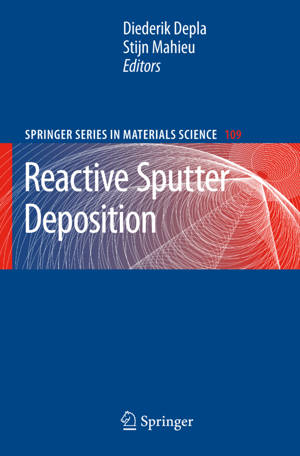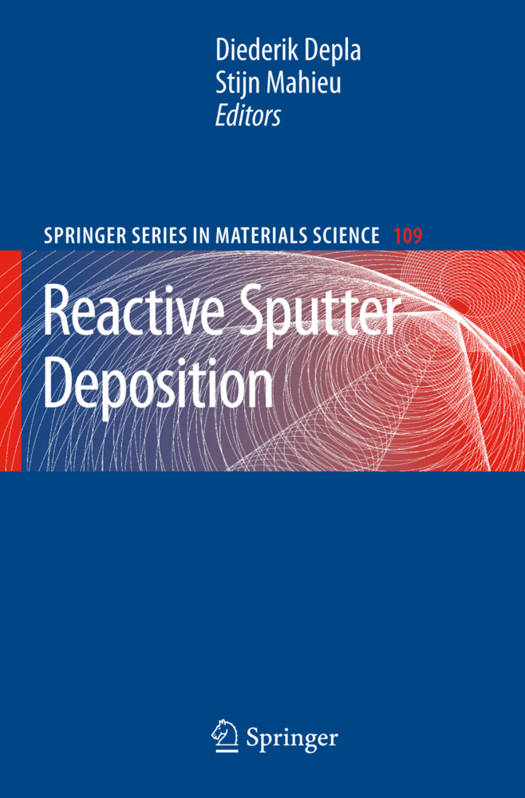
Door een staking bij bpost kan je online bestelling op dit moment iets langer onderweg zijn dan voorzien. Dringend iets nodig? Onze winkels ontvangen jou met open armen!
- Afhalen na 1 uur in een winkel met voorraad
- Gratis thuislevering in België vanaf € 30
- Ruim aanbod met 7 miljoen producten
Door een staking bij bpost kan je online bestelling op dit moment iets langer onderweg zijn dan voorzien. Dringend iets nodig? Onze winkels ontvangen jou met open armen!
- Afhalen na 1 uur in een winkel met voorraad
- Gratis thuislevering in België vanaf € 30
- Ruim aanbod met 7 miljoen producten
Zoeken
Omschrijving
The most straightforwardmethod to change the surface properties of a ma- rial is to deposit a thin ?lm or coating on it. Hence, it is not surprising that an overwhelming amount of scienti?c and technical papers is published each year on this topic. Sputter deposition is one of the many so-called physical vapour deposition (PVD) techniques. In most cases, sputter deposition uses a magnetically enhanced glow discharge or magnetron discharge to produce the ions which bombard and sputter the cathode material. In the ?rst chapter of this book (Chap. 1), the details of the sputter process are discussed. Essential to sustain the discharge is the electron emission during ion bombardment. Indeed, the emitted electrons are accelerated from the target and can ionize gas atoms. The formed ions bombard again the target completing the s- taining process. A complete chapter is assigned to this process to highlight its importance (Chap. 2). Although the sustaining process can be described quite straightforward, a complete understanding of the magnetron discharge and the in?uence of di?erent parameters on the discharge characteristics is onlypossiblebymodelling(seeChap.3).Withthesethreechapters, thereader should be able to form an idea of the target and plasma processes occurring during a DC magnetron discharge.
Specificaties
Betrokkenen
- Uitgeverij:
Inhoud
- Aantal bladzijden:
- 572
- Taal:
- Engels
- Reeks:
- Reeksnummer:
- nr. 109
Eigenschappen
- Productcode (EAN):
- 9783540766629
- Verschijningsdatum:
- 24/04/2008
- Uitvoering:
- Hardcover
- Formaat:
- Genaaid
- Afmetingen:
- 157 mm x 239 mm
- Gewicht:
- 1179 g

Alleen bij Standaard Boekhandel
+ 632 punten op je klantenkaart van Standaard Boekhandel
Beoordelingen
We publiceren alleen reviews die voldoen aan de voorwaarden voor reviews. Bekijk onze voorwaarden voor reviews.










